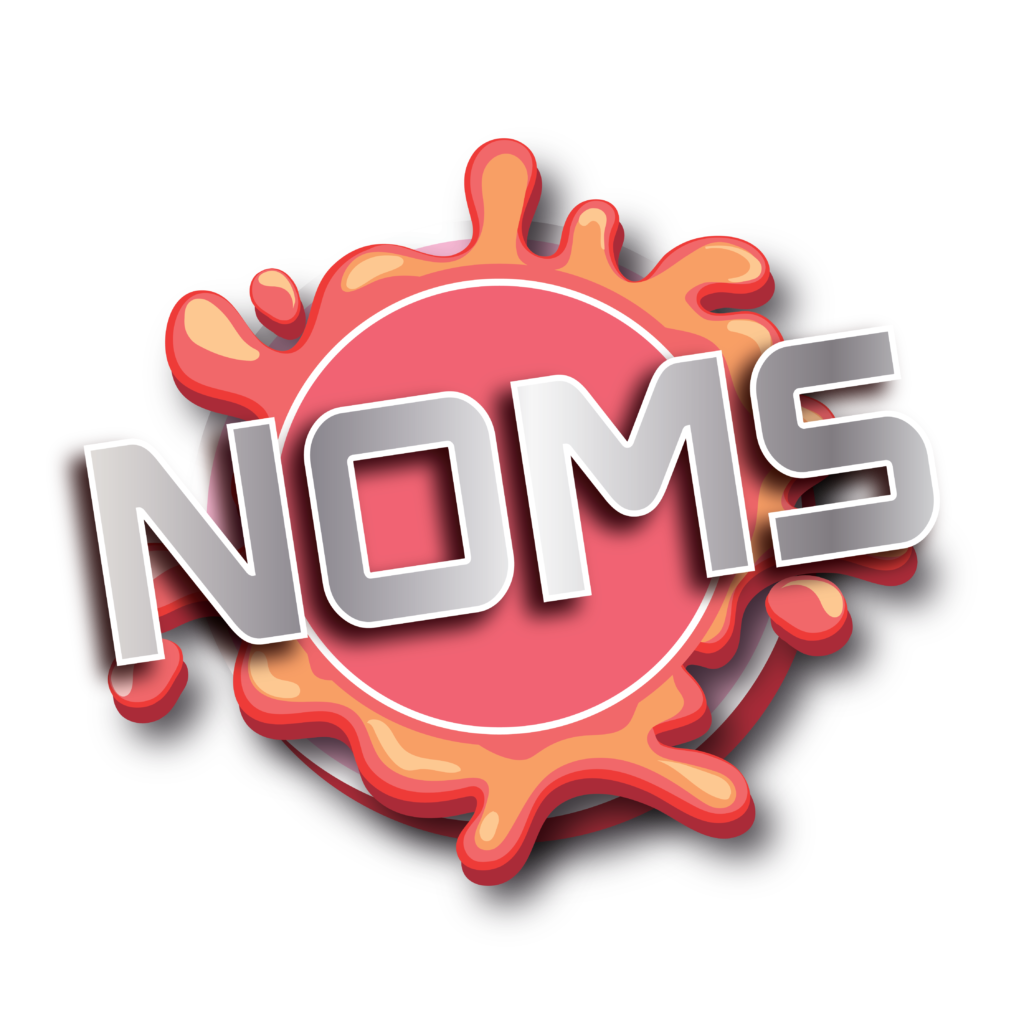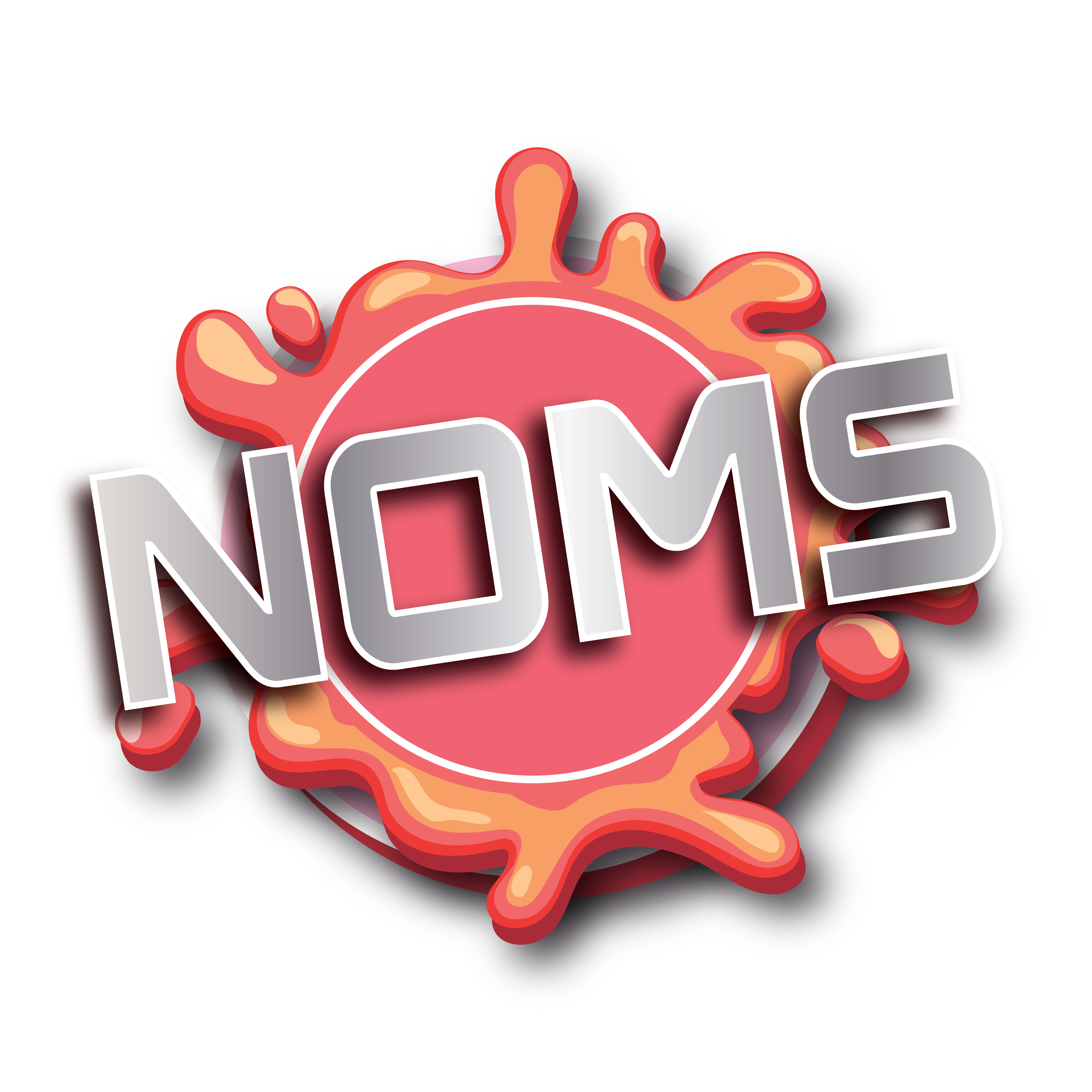The Southeast Asian tropical tree known as Kratom (Mitragyna speciosa) has long been utilized for its calming and stimulating effects. Kratom, which has historically been ingested as Kratom tea or Kratom powder, is now being reformulated into ready-to-drink (RTD) drinks. Kratom Seltzers, shots, and botanical mixes are among examples.
Best Kratom drinks are a major force behind the expansion of the alternative wellness and functional drink industries due to their convenience, innovative flavors, and growing wellness culture. In many U.S. jurisdictions, regulatory clarity is increasing, so 2025 may be the year that kratom beverages take off.
1. Market Overview And Development
In recent years, the market for Kratom beverages has expanded quickly, moving beyond conventional powders and into popular beverage categories. At a compound annual growth rate (CAGR) of approximately 8.6%, the global market for Kratom beverages was valued at US$328 million as of 2024 and was expected to reach $576 million by 2031.
Approximately 9.1% of Americans (more than 20 million people) consume Kratom products, particularly liquid forms, according to a 2021 survey, which is higher than previous figures. Nowadays, you can find liquid Kratom in health food stores, convenience stores, and more and more metropolitan supermarkets.
Click To Join Our Wholesale Program
2. Important Customer Groups & Preferences
The Demographics
- Age: 58% of liquid Kratom shot users are between the ages of 25 and 44, and Gen Z and urban millennials are heavily using them.
- Gender: Historically, 63% of adoptions have been male, although the number of female adopters is quickly increasing (up about 19% since 2021).
- Geography: High use in opioid-crisis states (West Virginia, Ohio, Kentucky, etc.), potential use for harm reduction or substitute.
Reasons For
- Convenience: Since there is no need for preparing or measuring, ready-to-drink shots and seltzers enable on-the-go dosing.
- Taste And flavor: Tropical, citrus, berry, or botanical flavor combinations cover over the inherent bitterness of Kratom.
- Functionality: Used as a substitute for coffee or alcohol to provide energy, calm, attention, or recuperation.
- Health-Conscious Quality: Demand for organic sourcing, child-resistant packaging, sustainable branding, and third-party testing
3. Types Of Products And Innovation
Shots Of Kratom
Tiny, pre-dosed liquid shots intended to have an immediate effect (often containing 25 mg of Kratom extract). Koi Shots and Super Speciosa are two brands that offer taste and portability.
Seltzers Made With Kratom
Brands like Mitra9 and New Brew offer bubbly, fruity seltzer flavors including tangerine, dragon fruit, tropical, raspberry‑lime, citrus, berry, and mango. These provide a little “Kratom kick” like that of soda.
User Comments
“The flavor of lemon and lime made me think of a crisp soda, but without the added sugar. ideal for situations when a lighter, more relaxed atmosphere is desired.
“My go-to is Mitra-9! Nevertheless, I enjoy the seltzer. You still have a strong kick.
Drinks With Fusion Functions
For combined advantages, blends combine Kratom with other herbal substances such as kava, turmeric, ginger, chamomile, and nootropics like bacopa or lion’s mane: calmness, concentration, healing, and emotional support
Developments In Technology
- Nano-Emulsification: Increases bioavailability (smoother and quicker absorption), improves solubility, and inhibits settling.
- Encapsulation And Layered Taste Systems: To provide acceptable flavor experiences and offset bitterness.
4. Trends In Packaging And Branding
- Compact Cans: child-resistant dropper bottles and environmentally friendly packaging satisfy sustainability and regulatory requirements.
- Transparent Labeling: Results of third-party laboratory testing, dose clarity, and sourcing disclosures for customer confidence.
- Lifestyle Branding: Images that promote mental focus, fitness recovery, sobriety, sober-curious movement, and wellness.
5. Health And Regulatory Aspects
The Legal Environment
- U.S. Federal: The FDA has not approved the Kratom leaf for medical use; it is lawful in the majority of states but prohibited in six (AL, AR, IN, RI, VT, and WI).
- States: Labeling, age restrictions, and other regulations are already in place in 24 states.
- International: Thailand approved exports in 2021; Indonesia plans to ban them; numerous EU nations, as well as Australia, New Zealand, Malaysia, and Myanmar, have banned or restricted exports.
Health Hazards
Although the Kratom leaf is regarded as being mild, “like a light beer”, some formulations contain the powerful opioid-like chemical 7-hydroxymitragynine (7-OH). Products containing 7-OH have alarmed regulators because they may be more potent and addictive, leading to proposals for Schedule I categorization similar to that of heroin or LSD.
Serious adverse effects, including nausea, dizziness, dependency, liver damage, seizures, and withdrawal symptoms upon stopping, have been recorded by users. Due to its Kratom content, a well-known wellness drink called “Feel Free” allegedly caused addiction-like behavior, which prompted consumer lawsuits.
Transparency & Education:
- Companies are encouraged to inform customers about the legality, origin, dosage, and negative effects.
- In 2025, consumer awareness networks and regulatory reform are being shaped by advocacy organizations and community involvement.
Host A Better Event With Kratom Selterz: Trends, Ideas And Recipes
Key Takeaways: What Customers Want
Tasty, Approachable Products
A move away from bitter powders and toward tasty, cool drinks.
Portability And Convenience
Snap-and-go forms (cans, injections) that accommodate hectic schedules.
Consistent, Measurable Results
Pre-dosed portions, precise labeling, and a reliable experience.
Enhanced Functionality
Drinks that address particular demands, such as focus, energy, relaxation, and recuperation.
Ethical & Sustainable Practice
Clean formulas, transparent sources, explicit warnings, and lab-tested
Health And Safety Assurances
Ethical branding, fair trade sourcing, and environmentally friendly packaging.
Mitragynine (MIT) at microdose for practical effects
Conclusion
In 2025, the market for Kratom drinks is at a turning point due to consumer interest, regulatory scrutiny, and wellness innovation. Convenience, flavor, and functional promise are what drive demand, but safety concerns—particularly around 7 OH and varying regulations—temper it.
Brands that put an emphasis on clean sourcing, taste, openness, and public education are likely to succeed. Drinks that consumers can trust and enjoy are becoming more and more popular.
FAQ:
Q1. Are Drinks Made With Kratom Safe To Drink?
Although deemed mild, Kratom leaf products pose health hazards, particularly synthetic chemicals like 7-OH that regulators liken to morphine. Some users complain of withdrawal symptoms, seizures, liver problems, nausea, or reliance. Prior to using any product, always choose one that has been third-party evaluated and get medical advice.
Q2. Is It Legal To Use Kratom?
Legality Differs Greatly:
- In the United States, it is legal at the federal level but illegal in six states, and many more have labeling or access limitations.
- Internationally, Thailand legalized legal in 2021, but several EU nations and other jurisdictions, including Australia and New Zealand, outlawed it.
Q3. What Kinds Of Drinks Made From Kratom Are Available?
Common Formats:
- Pre-dosed vaccinations
- Seltzer style (carbonated) drinks
- Functional drinks that combine nootropics or botanicals
- Teas or tonics with added ingredients, occasionally in bottles or cans
Q4. How Do These Stack Up Against Capsules Or Powders?
| Format | Convenience | Taste | Absorption | Portability |
| Powder | Low as needs to be mixed | Bitter | Slow (Changeable) | Messy |
| Capsule | Moderate as pre-dosed | No flavor | Moderate | Compact |
| Beverages | Ready to drink | Highly varied and enjoyable | Quick (Liquid) | Fantastic |
Q5. What Qualities Should Buyers Consider?
- Clearly defined dosage for each serving
- Certifications for lab testing
- Transparency of ingredients
- Ethical packaging (made of recyclable, child-resistant materials)
- Reputable companies with good feedback
Q6. Does Addiction Pose A Risk?
A. Yes, particularly when used frequently or with a high 7-OH level. After stopping, some customers have complained of withdrawal symptoms, particularly from fusion beverages or wellness tonics that are not properly labeled.
Q7. What Will Be The Next Innovation?
Increased compliance and labeling rules, as well as broader retail distribution in mainstream retailers
Better delivery of nano-emulsions for quicker results
Innovative flavoring technology to cover off bitterness
Formulations for functional fusion (relax + focus + recovery)

